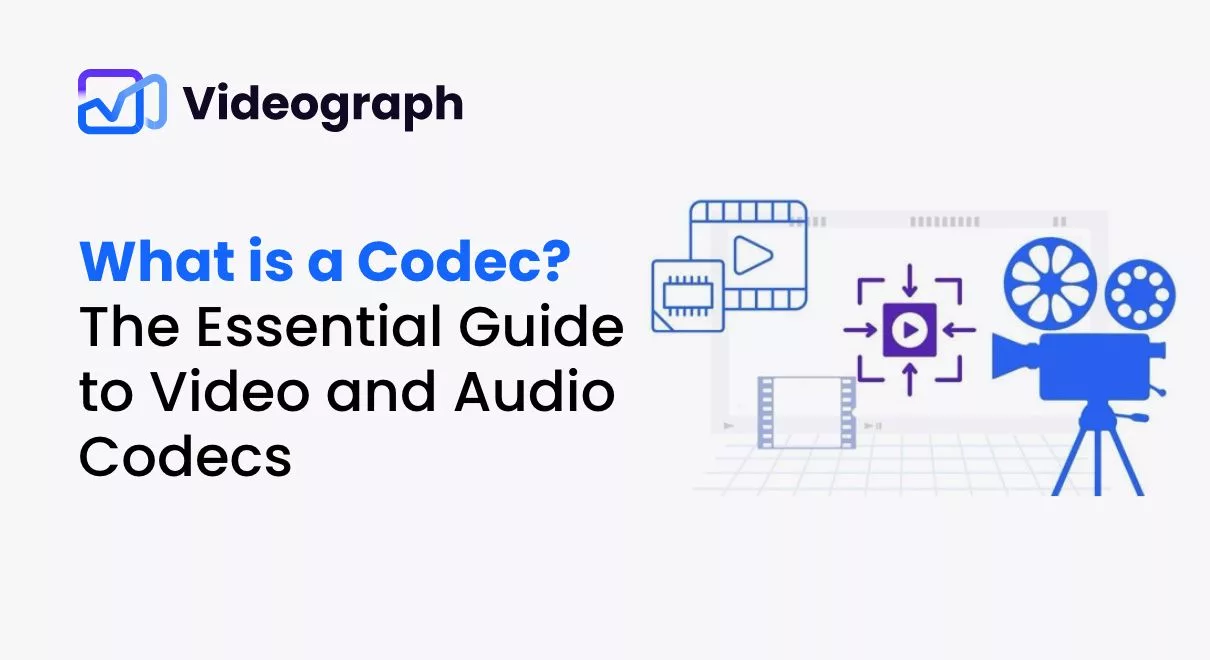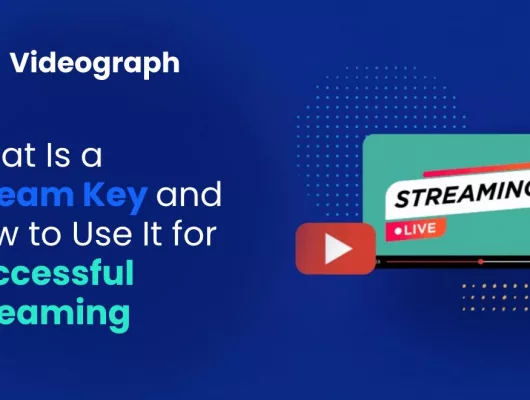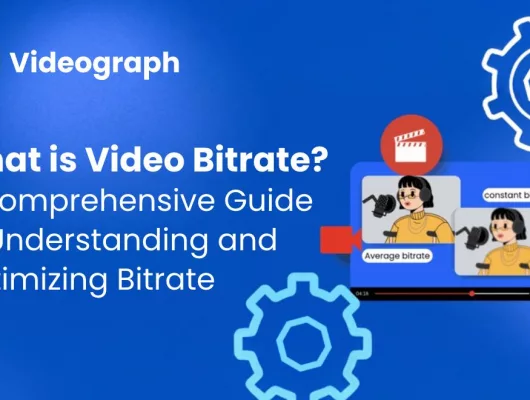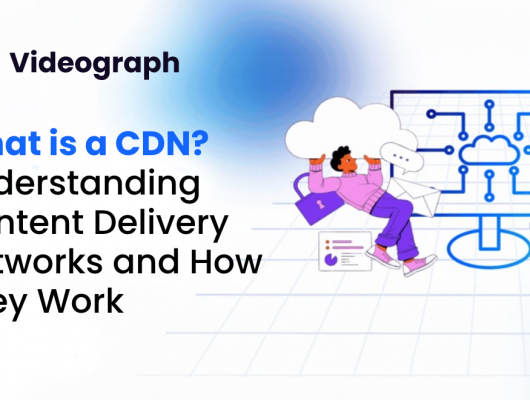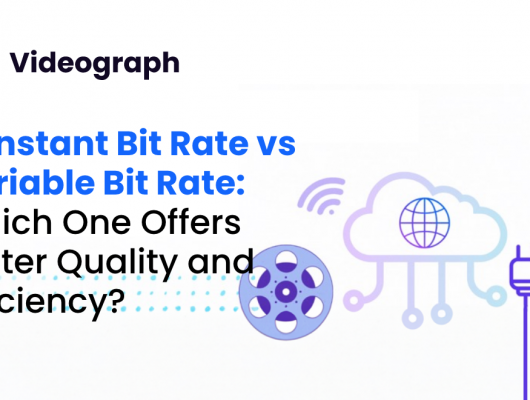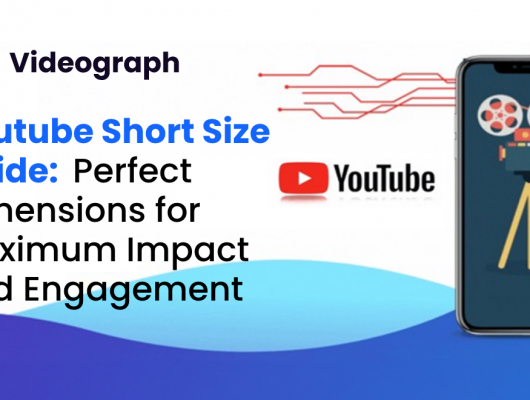Have you ever wondered how your favorite movies and songs are compressed into small files that still look and sound amazing? The answer lies in something called a codec. So, what is a codec? Simply put, a codec is a tool that compresses and decompresses audio and video data. It plays a crucial role in how we enjoy multimedia content today.
Understanding codecs is essential for anyone involved in video production, streaming, or audio editing. They determine the quality of your media while managing file sizes, making them a key factor in everything from streaming platforms to personal video projects. In this guide, let’s explore codecs, how they work, and why they matter in your multimedia experiences!
What is a Codec?
A codec, short for “coder-decoder,” is a system used to encode and decode audio as well as video files. It compresses large media files into smaller sizes, making it easier to store and transmit them without sacrificing too much quality. This process involves two key functions: compression and decompression.
When you compress a file, you remove some of the data that is not essential for playback, allowing the file to take up less space. This is particularly important for streaming and downloading, as smaller files load faster and use less bandwidth. Conversely, when a file is played back, the codec decompresses the data, restoring it so you can enjoy the audio or video.
Types of Codecs
There are various types of codecs, but they generally fall into three main categories:
Audio Codecs: These codecs are explicitly designed for audio files. Common examples include MP3, which is widely used for music, and AAC, often found in streaming services. Lossless codecs like FLAC preserve all the original audio data for high-quality playback.
Video Codecs: These codecs handle video files. Notable examples include H.264, a popular choice for streaming, and HEVC (H.265), which offers better compression for high-definition video. Each codec has its strengths and is suited for different applications.
Container Formats: While not codecs themselves, container formats like MP4 and AVI package audio and video data together. They define how the data is stored and accessed, often supporting multiple codecs within the same file.
Lossy vs. Lossless Codecs
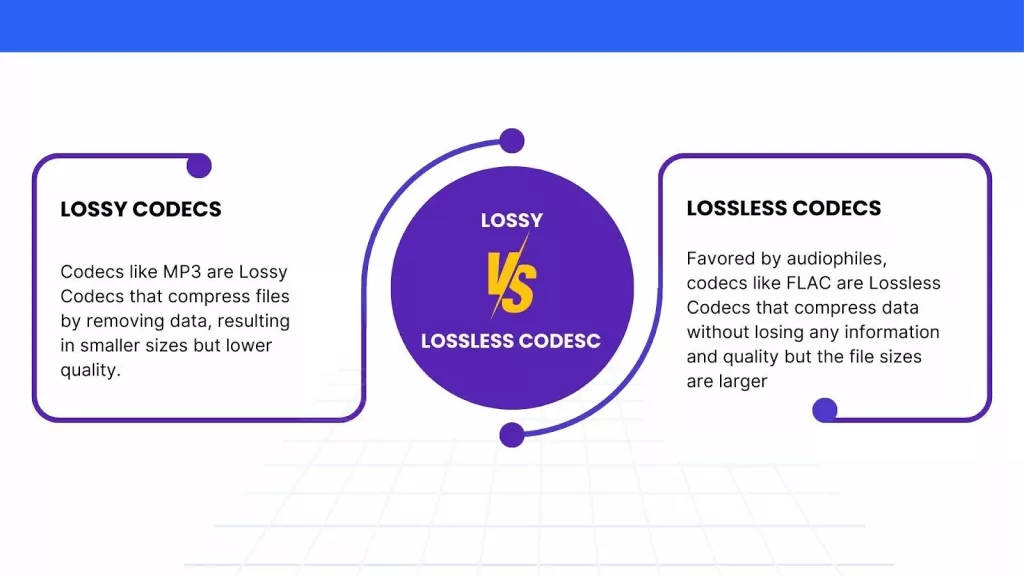
One important distinction in codecs is between lossy and lossless formats.
- Lossy Codecs: These codecs compress files by permanently removing some data, decreasing file sizes while causing quality loss. For example, MP3 is a lossy audio codec that sacrifices some sound quality to achieve a smaller size.
- Lossless Codecs: These codecs compress data without losing any information. This means the quality remains intact, but the file sizes are larger. FLAC is an example of a lossless audio codec that is favored by audiophiles.
How Do Codecs Work?
Encoding and decoding processes are essential to how codecs function as they convert raw audio and video data into an efficiently stored and transmitted format.
Encoding: The encoding process occurs when creating a video or audio file. The codec compresses the original media by removing unnecessary information and retaining what is important for playback. For instance, in a video, some frames might be very similar. A codec can store just one frame in detail and reference it for the others, reducing the overall size without drastically affecting quality.
Decoding: After encoding, the file needs to be decoded for playback. The codec reads the compressed file and reconstructs it into a format that your media player can understand. During this process, the codec decompresses the data, effectively reversing the encoding steps to produce the audio or video you hear and see.
Compression Algorithms
These algorithms determine how efficiently data can be reduced in size while maintaining quality. Different codecs use different algorithms, leading to various results in terms of file size and quality. For example, some codecs might prioritize smaller file sizes, while others focus on preserving the highest possible quality.
Types of Audio and Video Codecs
Audio Codecs
- MP3: MP3 is widely used for good sound quality in small file sizes, perfect for streaming and downloading music.
- AAC (Advanced Audio Codec): AAC offers higher quality than MP3 and is commonly used on platforms like YouTube and iTunes for better audio quality at similar bitrates.
- FLAC (Free Lossless Audio Codec): A lossless codec, FLAC retains original audio quality without any loss, making it ideal for audiophiles despite larger file sizes.
Video Codecs
- H.264: It is commonly used for video streaming on YouTube and Netflix due to its high quality at lower bitrates.
- HEVC (H.265): HEVC is a more advanced codec that provides better compression than H.264, delivering higher quality video at smaller file sizes, making it ideal for 4K and higher resolution videos.
- VP9: Google’s VP9 is an open-source codec used for streaming on platforms like YouTube. It competes with HEVC by offering similar quality and file size benefits without licensing fees.
Container Formats
- MP4: This is one of the most popular container formats, widely used for streaming and downloading as it balances quality and file size.
- AVI (Audio Video Interleave): While older, it is still used for simplicity. It can hold high-quality audio and video but may result in larger file sizes than modern formats.
- MKV (Matroska): MKV is a versatile container that can hold multiple video, audio, and subtitle streams in one file, commonly used for high-definition videos.
Choosing the Right Codec
Factors to Consider
Quality: The primary goal of any codec is to deliver high-quality audio or video. Some codecs offer better quality at lower bitrates, while others may require higher bitrates to maintain quality. For example, for music, consider using a lossless codec like FLAC, while for streaming video, H.264 or HEVC may be better for balancing quality and file size.
File Size: File size is crucial, especially with limited storage or internet streaming. Efficient codecs like HEVC save space, allowing for more content without sacrificing quality. Remember the trade-off between quality and size.
Compatibility: When choosing a codec, consider the compatibility with your devices and platforms. For YouTube, H.264 is widely supported, while MP3 and AVI are good for older devices.
Specific Use Cases
- Streaming: For Netflix or YouTube, H.264 or HEVC are excellent as they balance quality and efficiency.
- Editing: For video editing, ProRes or DNxHD preserve quality but result in larger file sizes.
- Archiving: For long-term storage, using lossless codecs like FLAC for audio and MKV for video ensures you keep the highest quality for future use.
Common Codec Issues and Solutions
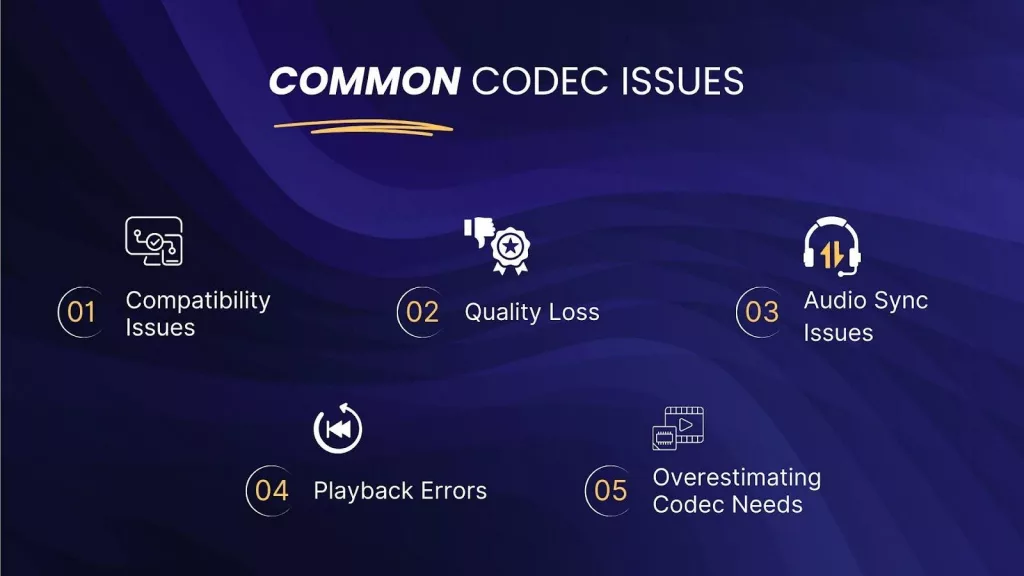
Compatibility Issues
Solution: Check the compatibility of your codec with your devices. Use widely supported codecs like H.264 and AAC for universal playback. For persisting issues, convert your file to a more compatible format using video conversion software.
Quality Loss
Solution: Avoid excessive re-encoding. If you must compress your file, choose a higher bitrate to minimize quality loss. For critical projects, use lossless codecs for full quality despite larger file sizes.
Audio Sync Issues
Solution: When editing, ensure that the audio and video codecs work well together and are properly aligned. If you encounter sync issues, try re-encoding the video using a different codec or a tool that better manages audio-video synchronization.
Playback Errors
Solution: Install the necessary codec on your device and use media players that support a wide range of codecs, like VLC Media Player. If a file is corrupted, try obtaining a new copy or converting it to a different format.
Overestimating Codec Needs
Solution: Choose a codec that meets the platform’s specifications without going overboard on quality or file size.
Conclusion
As you move forward, consider which codecs best suit your needs. Experiment to find what works best for you. The right codec can make a big difference in the quality and efficiency of your audio and video!
FAQs
What is the difference between lossy and lossless codecs?
Lossy codecs reduce file size by removing some audio or video data, decreasing quality. Lossless codecs compress data without losing quality, resulting in larger file sizes.
Why are codecs important for streaming?
Codecs determine how efficiently audio and video are compressed and transmitted over the internet. They improve streaming quality, minimize buffering, and ensure a smooth viewer experience.
How do I know which codec to use?
Consider the type of content, your platform, and your audience’s needs. Researching platform-specific recommendations can also help you make the best choice.
Can codecs affect video quality?
A higher-quality codec will preserve more detail and clarity, while a lower-quality codec may result in pixelation or blurriness. Find a codec that provides the best quality for your specific use case, especially when dealing with high-definition content.


